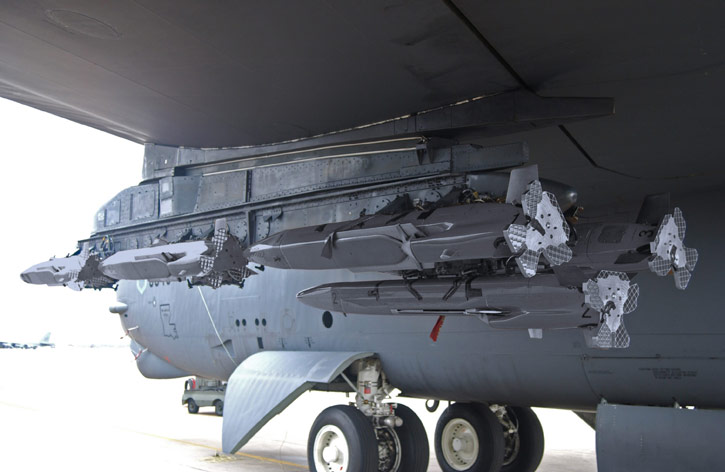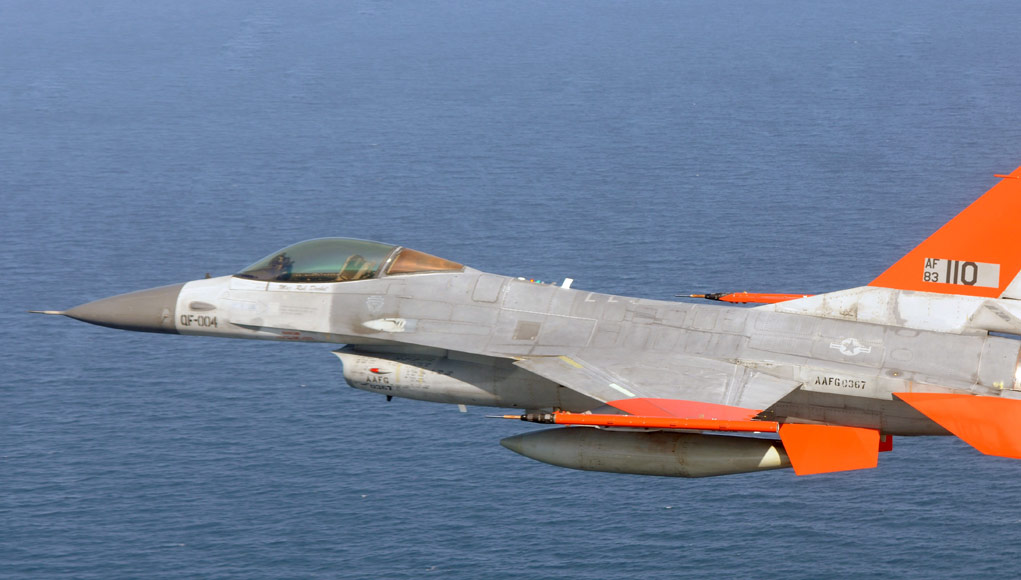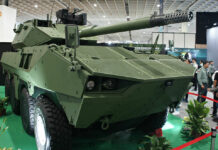
Unmanned aircraft systems (UAS) have become an essential support element, providing Intelligence, Surveillance and Reconnaissance prior, during and after air strikes. But current platforms are too slow and vulnerable to operate in contested airspace. The US Air Force and DARPA are looking at new concepts of operations that will enable unmanned platforms to support the future air component in all operational environments.
One such concept is the use of air-launched UAS program is the Gremlins, a DARPA initiative to develop reusable a air launched Unmanned Aerial Systems (UAS). In March 2016 the agency awarded technology research contracts to four teams to explore different approaches, innovative technologies and systems enabling aircraft to launch volleys of low-cost, reusable UASs, and safely and reliably retrieve them in mid-air.
Named for the imaginary, mischievous imps that became the good luck charms of many British pilots during World War II, the program envisions launching groups of UASs from existing large aircraft such as bombers or transport aircraft – as well as from fighters and other small, fixed-wing platforms – while those planes are out of range of adversary defenses. When the gremlins complete their mission, a C-130 transport aircraft would retrieve them in the air and carry them home, where ground crews would prepare them for their next use within 24 hours.

The Gremlins’ expected lifetime of about 20 uses could provide significant cost advantages over expendable systems by reducing payload and airframe costs and by having lower mission and maintenance costs than conventional platforms, which are designed to operate for decades.
Phase 1 contracts have been awarded to four teams led by Composite Engineering, Inc., Dynetics, Inc., General Atomics Aeronautical Systems, Inc. (GA-ASI) and Lockheed Martin Corporation. The team effort will pave the way for a proof-of-concept flight demonstration that would validate an air recovery concept of multiple gremlins. The program plans to explore various technical areas, including the launch and recovery techniques, equipment and aircraft integration concepts. It will also look at low-cost, limited-life airframe designs that leverage existing technology and require only modest modifications to current aircraft. Other aspects of the program will study high-fidelity analysis, precision digital flight control, relative navigation and station keeping.

LOYAL WINGMAN – AVATAR
Another ambitious project pursued by the Pentagon Strategic Capabilities Office (SCO) is ‘Avatar’, that pairs advanced, “fifth-generation” fighter jets like the F-22 Raptor and F-35 Lightning II Joint Strike Fighter with unmanned versions of fourth generation fighter jets such as the F-16 Fighting Falcon or F/A-18 Hornet.
Previously known as the ‘Loyal Wingman’, the program will require unmanned fighters to act with enough autonomy that the pilot in the manned jet doesn’t have to direct them all the time.
Other concepts call for the use of ‘arsenal planes’ supporting the advanced stealth fighters. The arsenal planes will be able to carry a variety of weapons operated by nearby stealth fighters that will remain illusive throughout the engagement. The Pentagon plans to build a prototype of such an unmanned ‘arsenal platform’ in 2017.




















